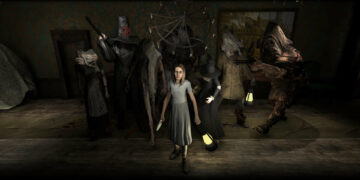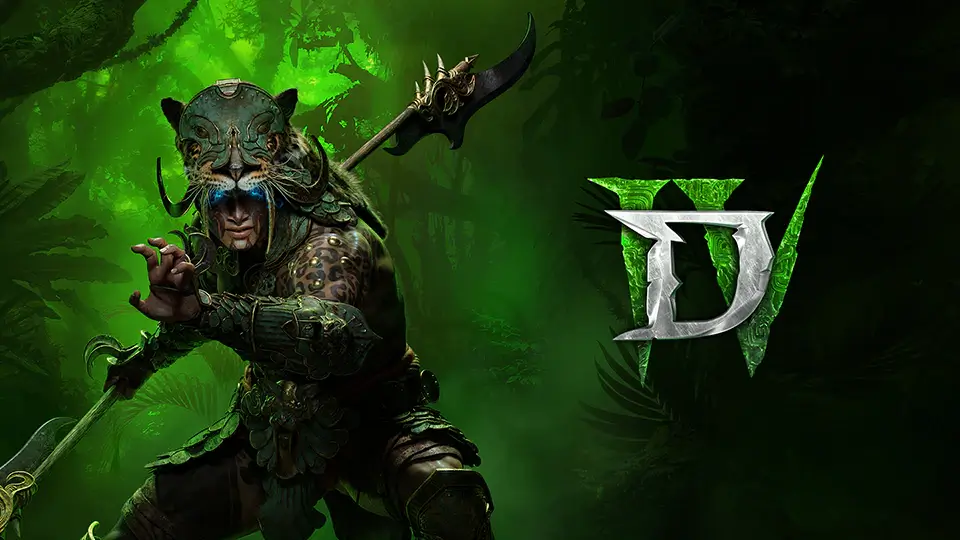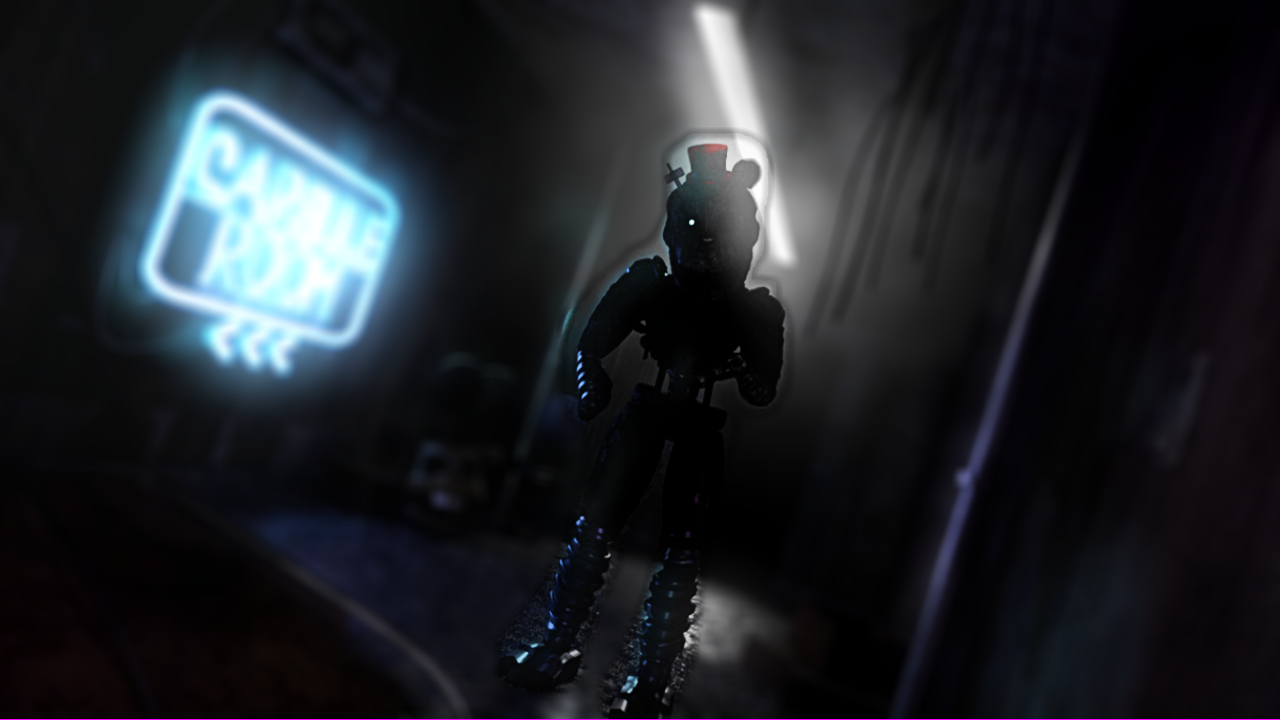Diablo IV: Vessel of Hatred is the first major expansion to Diablo IV and introduces significant new content that both enriches the gameplay and addresses some of the concerns from the base game.
Table of Contents
ToggleSpiritborn: New Class
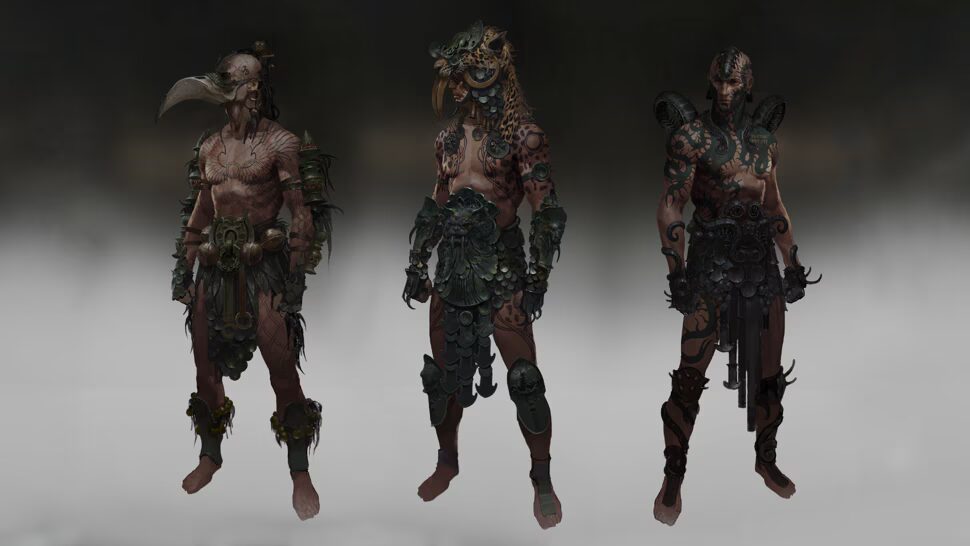
The Spiritborn class is the highlight of Diablo IV: Vessel of Hatred, offering players a new and highly versatile character option. Drawing power from four spirit animals—gorilla, jaguar, eagle, and centipede—the Spiritborn can adopt different combat styles depending on which spirit is active. Each animal represents a different aspect of combat, such as tanking, agility, or dealing poison damage. This modular design allows players to mix and match abilities, creating a wide range of potential builds.
- Gorilla: Focused on strength and defense, ideal for players looking for a tank build. It enhances physical power, making you a formidable presence on the battlefield.
- Jaguar: A melee-focused option with high DPS (damage per second) capabilities, offering quick, slash-like attacks for those preferring aggressive, close-quarters combat.
- Eagle: Prioritizes mobility, allowing players to move quickly across the battlefield, evade enemies, and strike unexpectedly from different angles.
- Centipede: Adds a strategic layer with poison attacks and vampiric life-steal properties, which can deal damage over time while keeping you sustained during longer fights
This class’s key advantage is its flexibility. Players can mix and match abilities from these spirits to create hybrid builds that cater to various situations. For example, you could combine the Jaguar’s DPS with the Gorilla’s durability for a balanced build, or mix the Centipede’s poison effects with the Eagle’s mobility for a hit-and-run strategy. The freedom to respec these abilities (though costly) gives players the opportunity to adapt their approach depending on the challenge at hand.
A potential downside is the steep learning curve due to the number of options and combinations available, which could be overwhelming for some players. Mastering the Spiritborn class may require significant time spent testing different builds, especially since respec costs make experimentation more expensive.
Additionally, this class works well for both PvE and co-op content, where its adaptability can complement different team roles, but its flexibility comes at the cost of specializing in one area, meaning it may not outperform more focused builds from traditional classes
Dark Citadel: New Dungeon
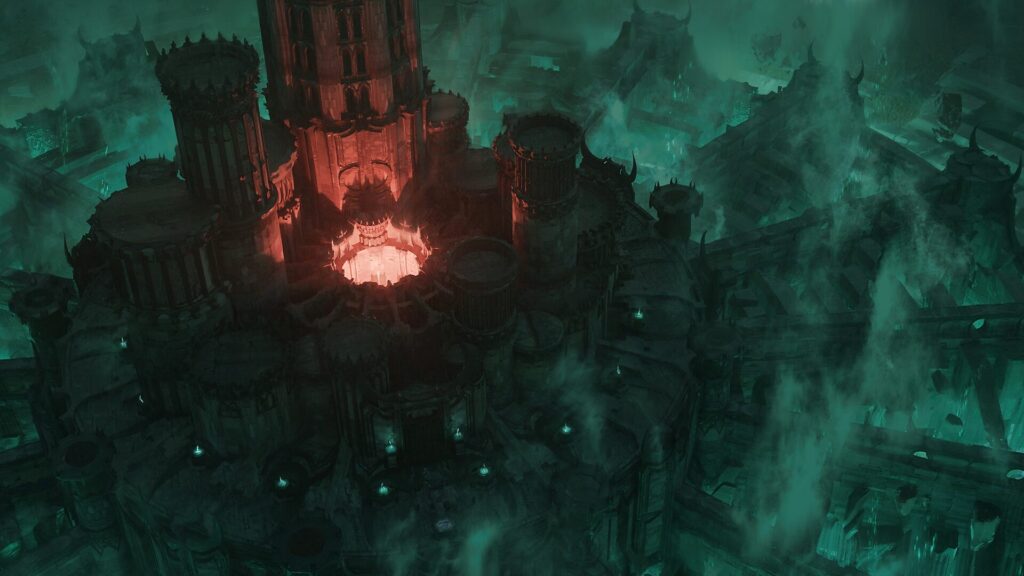
The Dark Citadel is the major endgame dungeon introduced in Diablo IV: Vessel of Hatred. It brings a more structured, raid-like experience to Diablo’s traditionally chaotic dungeons. This multi-layered dungeon is designed for high-level players, featuring a series of puzzle mechanics and intense boss fights that require teamwork and coordination. The dungeon consists of three major corridors, each filled with waves of powerful enemies, challenging players with complex combat scenarios.
A standout feature of the Dark Citadel is the raid-like mechanics that demand players to solve environmental puzzles while fighting off increasingly difficult enemies. This new element adds depth to the gameplay, ensuring that brute force alone won’t guarantee success. Players must work together to unlock doors, disable traps, and handle multiple objectives simultaneously.
The boss encounters in the Dark Citadel are designed to be unforgiving, with unique mechanics that require strategic planning. While some critics feel that these raid mechanics are still a bit rudimentary compared to more complex raid-based games, the introduction of such elements in a Diablo setting has been praised for its potential.
Additionally, players are incentivized to return to the Dark Citadel with weekly rewards, adding replay value to this endgame content. This dungeon is also the setting for some of the expansion’s most challenging content, providing ample opportunity for groups to test their skills and coordination
Mercenaries
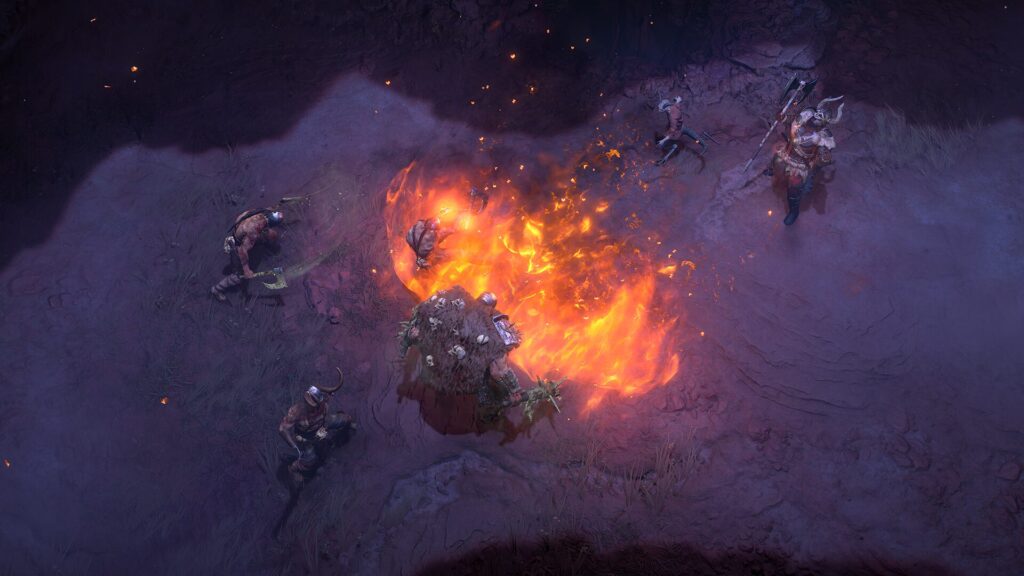
The mercenary system makes a return in Diablo IV: Vessel of Hatred, building on the fan-favorite feature from Diablo II. This system allows players to recruit NPC companions who join them in battle, offering additional support during challenging encounters. Each mercenary comes with their own unique skill set and personal storylines, adding depth and variety to the gameplay. As players progress through the game and develop their relationships with these mercenaries, they unlock new abilities and rewards via a rapport system, incentivizing players to stick with a specific mercenary for extended periods.
A notable aspect of the mercenary system is its ability to fill in gaps for solo players or small groups, providing them with the extra firepower needed to tackle more difficult content, including endgame dungeons like the Dark Citadel. This addition is particularly useful when friends are unavailable, offering a more balanced experience for those who prefer playing alone
However, the AI performance of mercenaries can be inconsistent. While they add strategic value, they are not always reliable in tougher battles, sometimes struggling with positioning or reacting slowly to certain enemy behaviors. This limitation makes them less viable for the expansion’s most challenging content, such as high-level raids or intricate puzzle sections, where precise control and coordination are essential.
Overall, the mercenary system adds a welcomed dynamic to the game, particularly for solo and small-party players, though improvements to AI responsiveness could further enhance their effectiveness in combat.
Overall, Vessel of Hatred is a solid expansion that enriches the world of Diablo IV, particularly for players seeking more variety and flexibility in both combat and team-based gameplay. The long-term appeal of the expansion will depend on how well these new systems are integrated into the broader game and supported by future updates



